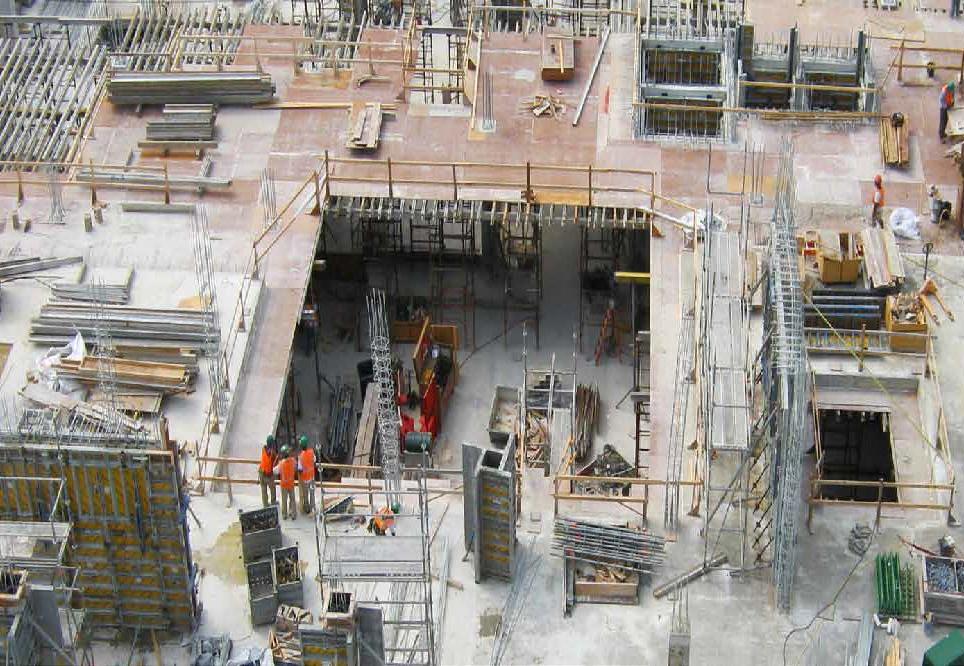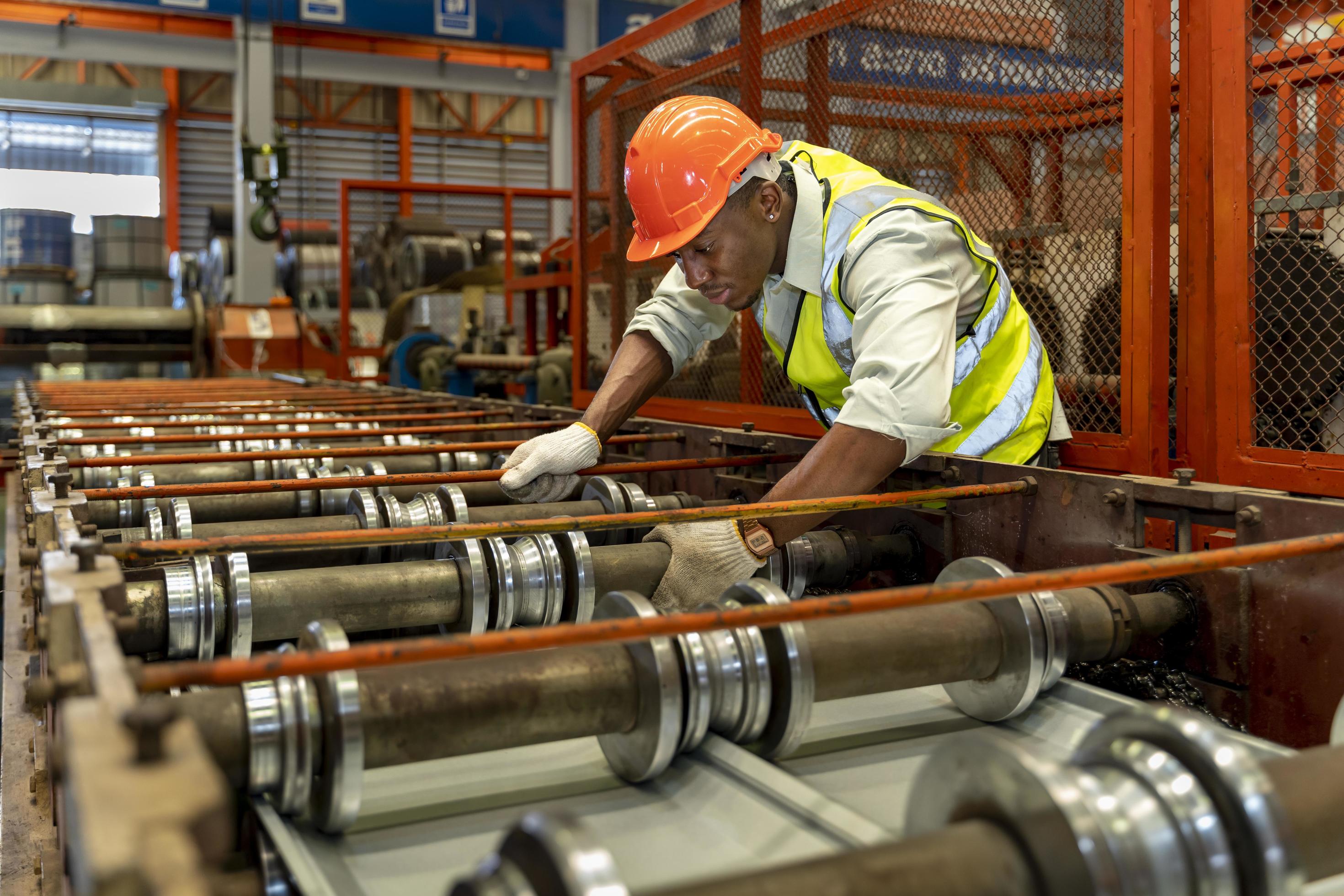
As the first public-private partnership on the island, the King Edward VII Memorial Hospital Redevelopment Project has both challenged traditional concepts of how these schemes are undertaken and faced some unique challenges of its own.
When it comes to pioneering projects, few can claim to be as revolutionary in their community as the King Edward VII Memorial Hospital (KEMH) Redevelopment Project, Bermuda. The project includes a full redevelopment of the existing building (approximately $55 million design and constructed related costs) and the construction of an extension ($247m design and constructed related costs) via a public-private partnership (P3), which will provide around 50 percent more space to the facility.
What is unique about the new build component is that it is both the first P3 project, and the first design and build-type project the island has ever seen. It is also the largest ever public infrastructure project in Bermuda and one of only two major construction schemes taking place currently. The P3 project is based upon the Canadian P3 procurement framework and contractual documentation, and achieved commercial and financial close in December 2010, a mere eight weeks after the selection of the preferred bidder.
The project has seen the Bermuda Hospitals Board (BHB), which runs the only acute care hospital on the island, partner with Paget Health Services (PHS), a consortium formed especially for the KEMH Redevelopment Project. Not only is PHS in charge of the design and construction of the site, it will also maintain the hospital over a 30-year operating period subsequent to its completion in 2014.
The importance of the project for the people of Bermuda is hard to underestimate. There is only the one acute care hospital on-island and some patients have to be flown to the US for certain treatments, as some specialised services do not exist on the island. The redevelopment and extension of the KEMH will both modernize existing services and enable more Bermudians to be treated in their own country, which reduces the costs associated with sending people abroad for treatment.
While the current scheme has only been in the pipeline since 2008, when KPMG was brought in to produce a business case for the proposed expansion of KEMH, the plan to overhaul hospital facilities on the island dates back further. “BHB commissioned Johns Hopkins Medicine Internal (JHMI) in 2007 to undertake a review of its 2005 Estate Master Plan,” says James Campbell, executive director of hospital redevelopment at Bermuda Health Board. “BHB also asked JHMI to undertake an alternative campus planning study to establish a broader understanding of the potential to re-use existing facilities, and to redevelop KEMH in phases such that the project would be affordable to BHB. This study is the foundation upon which the KEMH Redevelopment Project is based.”
The JHMI report, which was delivered in November 2008, found that overall floor space in the KEMH needed to be increased by approximately 50 percent. However, rather than building a totally new hospital, it advised that an extension should be built and the existing facility renovated. This would allow the creation of the required extra clinical space to provide modern healthcare, including better emergency care, diagnostic imaging and 90 single-patient rooms, without having to find a totally new site and undertake the costs of building an entirely new hospital from scratch.
Based on the business case by KPMG, the Cabinet of the Government of Bermuda approved BHB entering into a public-private partnership. There are two key benefits of the PPP model, says Campbell: certainty of construction delivery and quality of facility performance over the 30-year operating period, both of which are made possible through the appropriate allocation of risk to those best placed to manage it. Barry New, general manager of Paget Health Services, agrees. “One way of describing both PPP and design & build is that the contracted parties have broad shoulders – one to carry the commercial risks of evolving the design and construction over that period, and the other to cope with the schedule risks.”
PHS’ design builder, BCM McAlpine, began work on site as soon as PHS had executed the contract, in December 2010, and was under pressure to work quickly, as achieving completion in line with the project schedule is their risk. “There was a substantial amount of concept design done, but that’s very different to having working details,” says Richard Noel, project manager for BCM McAlpine. “It put a big onus on the design team to do a lot of design work very quickly, just so that we could start work on site, and that hasn’t been the smoothest of roads we have travelled.”
Indeed, as this is both the first P3 and the first design & build-type project in Bermuda, it has presented some challenges. “All the sub-contractors and suppliers here would be used to starting a job where everything is completely designed and turn up on day one knowing every detail for the job is well defined. Here it was much more of a concept design that had been developed before the contract was awarded,” says Noel.
“Historically, construction projects in Bermuda work in a very traditional manner,” says New, “and I think that was a learning curve for some of the island sub-contractors because the schedule is very much a guide towards achieving the objective of completing the works by the target service commencement date; progress is less of an issue than completion on these projects. The team from BCM McAlpine knew from the start that we would have to manage the schedule and that it would change. But that’s not what normally happens on the island, because the design is normally pretty well complete up front.”
From a design point of view, one of the unique points about the KEMH project is that the new building will be both hurricane and earthquake proof. “Most of the newer buildings here will withstand the highest level of hurricanes, but this is also designed to withstand the highest level of earthquake,” says Noel. While Bermuda frequently feels the effects of hurricanes, it is not particularly prone to earthquakes – the most recent was in 2011, measuring 4.5 on the Richter scale. This does not mean that this aspect is a whim, though. “One of the reasons for designing as a post-disaster building and allowing for the highest levels of earthquake is it reduces your insurance premiums. A lot of buildings now, even in non-earthquake zones, are built to that standard for insurance purposes.”
PHS has faced a number of other challenges, brought about by Bermuda’s location, climate, and the economic downturn. “Bermuda is suffering economically, so there’s very little construction work happening on the island,” says Noel. “Up until about three or four years ago, there was a thriving construction industry, with quite a few jobs going on. The labour force was much larger then because, while the sub-contractors will have a small pool of local labour, when there’s a lot of work going on they have to bring in overseas labour from North America and occasionally Europe. But we’re finding that, because there’s not much work currently, many skills have left the island and those that remain have very little spare capacity to take on works of this scale.
“So as the labour won’t be readily available, we’ve got to start looking at work permits and even to get a temporary work permit here takes up to 4-6 weeks. So there’s a lot of planning that has to go into the supply chain and making sure you’ve got orders placed early enough to go through this process.”
However, while this situation does present a challenge to the PHS team, it presents an opportunity for employment on the island, as New explains. “Part of BCM McAlpine’s initiative so far has been to try and maximize the number of Bermudians working on the island and they’ve also been working closely with the Bermuda Small Business Development Bureau, which is promoting the smaller business units that you often get in the construction industry. So we’re trying to give everybody a slice of the cake.”
When it is completed, the new building will also be LEED certified. While achieving this certification can present challenges on any build, these are magnified on this project by Bermuda’s remote location – many of the supplies needed for construction have to be shipped in from the US and Canada. “One of the big issues is that, although you can design sustainably and reduce power consumption, etc., it’s very difficult to achieve some of the LEED construction credits because a lot of it is based on recycled material and using locally sourced materials and obviously our sourced materials are 600 miles away,” explains Noel. “So there are a lot of credits that we can’t really achieve because of where we are geographically.”
However, the team has worked to compensate for this through recycling some of the 40,000 cubic yards of excavation to back fill around the building later, working to harvest rainwater and installing solar panels on the roof to heat water.
The final main challenge has been in the materials used on the build. Galvanized steel is being used, as regular steel would rust in Bermuda’s salty sea air. The team is also unable to use wood. “You would think that was a fairly normal building material, but in Bermuda, because it’s so damp and humid, wood tends to rot easily,” says Noel. “Plus they have problems with termites, so they don’t use it. They are also keen to make sure that wall finishes and floor finishes are things that are durable and easy to clean. It all sounds simple and straightforward, but actually putting all the components together to make sure that you don’t have little nooks and crannies where germs can build and create infection is interesting stuff.”
Reducing the risk of infection has also been a key design consideration. “We have been working closely with the BHB Infection Control team within the existing hospital so that we can develop infection control protocols on what is a major construction project immediately adjacent to an operational acute care hospital. One of our particular challenges has been to ensure that the air intake for the existing ORs is protected as it is located within 10 feet of the site. We have installed 12 fans fitted with HEPA filters and pre-filters in front of the air intake to ensure clean air is provided. From the monthly monitoring of the OR’s internal air quality and the outside air quality we can see this has been an extremely successful control measure says Noel. “In terms of the design, all the patient bedrooms in the new facility are single bedrooms, with their own en-suites, which reduces the risk of infection. Some of the rooms are also designed with negative air pressures, as they will be used as isolation rooms to treat infectious cases.”
While it is clear that both the provision of comprehensive healthcare and the construction of the appropriate facilities on an island as remote as Bermuda present some unique challenges, both Bermuda Hospitals Board and Paget Health Services have risen to meet them. By taking into account both clinical need and the requirements of the local community, this first, flagship public-private partnership is producing both a facility that can meet modern healthcare needs and a blueprint for successful public infrastructure projects for the future.
Written by Jane McCallion; research by Richard Halfhide
DOWNLOAD
 KEMH-AM-July12-Bro-s.pdf
KEMH-AM-July12-Bro-s.pdf













